Today I’m partnering with Nakturnal for a giveaway that your STEM-loving kiddos will love: a LEGO® brick set of the Snapology Mascot, Sebastian Gator! Entry details are at the end of the post, so be sure to scroll all the way down!
Once upon a time I married a mechanical engineer.
If I had known the implications of that at the time…well, I’d totally do it again. Engineers are awesome DIYers, and David is really cute. But they also tend to pass on their engineer-ness to their children.
Which means my kids have a knack for taking things apart to see how they work. Yay.
As aggravating as a house full of tiny David clones sometimes can be, it’s also endlessly entertaining. I love that at age five Mila already thinks of herself as an inventor. When she tells me, “I’m the BEST at math!” I’m so proud.
We really want to nurture that interest in science, technology, engineering, and math with all our kids. Even if they never go into careers in STEM fields, a background in science and math can be useful in so many ways! These are some of the things we’ve chosen to do to encourage STEM learning at home with our children:
1. Have toys that encourage creative, unstructured play
We have a whole bunch of Magnatiles (I’ve talked before about how much we love them) and got a big thing of Mega Blocks last Christmas. David keeps a huge bin of LEGOs in our closet for the girls to play with when Ryan is sleeping or contained and won’t try to eat them. While we haven’t gotten any K’nex yet, I’m sure we will eventually. There are so stinking many building toys out there, from humble wooden blocks (which I love) to actual functioning circuits. There are even subscription boxes with STEM activities for kids! When grandparents ask about birthday or holiday gifts, point them toward this kind of thing; then you don’t have to spend any money yourself!
There’s a reason this is number one for me. These kinds of toys are so good for fostering creativity while teaching basic structural engineering, geometry, and more. I love that. But the best part is I don’t have to do anything. We let the kids play on their own and watch in awe at what they come up with. It’s marvelous.
2. Give them access to random craft supplies
This is harder for me. I frequently discover that Mila has used up all the tape or that Margot has unwound a spool of twine all over her room in an attempt to make…something. Who even knows what. Never knowing where my scissors are drives me batty. But I’ve found that some of their most engaging play involves craft supplies and, quite honestly, trash.
They’ve made “telescopes” from a fruit roll-up wrapper, a paper towel tube, scissors, and tape. Kites from pipe cleaners and printer paper. Tongs from q-tips and rubber bands. And the infamous flip-flop-and-shoelace swing, which David later helped upgrade. When we do “craft projects” together, the results are never as imaginative or interesting as what they make on their own, just because they felt like it. Which leads me to…
3. Allow independent tinkering
Mila has a little plastic bag full of “gizmo supplies.” She scavenges for things she thinks might be useful later, then attempts to put them together into…again, who even knows what. One night she built an elaborate “steamer” that utilized several shoes, a tin teapot, and Mega Blocks, and took up the entire sectional.
It is infuriating.
It’s also fascinating to see what her little mind comes up with.
I try really hard not to squash her attempts to invent and create, even though it’s often messy and inconvenient. Sometimes she makes really cool things. Sometimes I make her throw them away. But having time—and parental support—to experiment has been priceless for her.
4. Help them improve their designs
Like I said above, sometimes the things my kids make are literally trash. Other times, they’re pretty darn clever. Or they have potential but need to be pointed in the right direction.
This can be as simple as suggesting they build their tower on a hard surface instead of the couch—”you need a solid foundation so it doesn’t tip over”—or helping them cut something into the right shape. Other times, like with the swing, it means finding better materials to work with. But David and I try really hard (and it can be REALLY HARD sometimes) to let them guide the design process and help with construction rather than taking over the project ourselves.
5. Let them participate
Again, this is not easy for me. But a) they love helping and b) it’s such an easy way to teach them new skills. Especially STEM skills, which tend to be very hands-on. For home projects, I let them help me use the measuring tape. When I bake, I let them help me measure and mix. Even 3-year-olds can count and sort things by shape or size or color, which is great when you’re, say, putting together Easter eggs for their preschool class.
My point here is this: people often learn new things by doing them. When we let our kids try new things, under our supervision, when we’re already doing those things anyway, everyone wins.
6. Play math + counting games in the car
Maybe this is just me, but I default to reading + letter games when we’re driving. “Let’s find every letter in the alphabet, starting with A!” or, “Do you see any signs with the word ‘road’ on them? What about ‘stop’?” Honestly, though, it’s just as easy to do with numbers. Margot has gotten really good at finding numbers 0-9 on road signs. Mila likes to try to figure out how many miles we’ve traveled based on mile markers or exit numbers. As they get older, I intend to ask them about gas mileage or rate of travel.
Then when they get those inevitable, “A train left the station at 4:05 PM going east at 50 mph…” questions on the SAT, solving them will be a piece of cake. Ha!
7. Watch educational shows
If you’re the kind of family that allows your kids to watch TV in some form (we do Netflix and PBS kids through our Roku) there are tons of educational ones with a STEM-related focus. Some of our favorites include The Magic School Bus, Octonauts, Dinosaur Train, Little Einsteins, and Sid the Science Kid. The things my girls have learned from Ms. Frizzle about bats and digestive systems and wetlands and more blow me away sometimes. Earlier this week Mila delighted her teacher by drawing an oarfish on the back of a spelling test; she had learned about them from Octonauts. Who’d’ve thunk?
8. Read educational books
Read. And read some more. And then read even more.
Read nonfiction books about dinosaurs or read How Does A Dinosaur Eat Its Food? Find books about actual engineers or read Rosie Revere, Engineer. While it can be challenging to find STEM picture books that aren’t super boring, the do exist. They might not be great for a bedtime story, but that’s no reason to skip over them altogether. I love What Do We Do All Day’s book lists if you need some ideas.
9. Let Google Images and YouTube be your friends
To share a slightly gross example: Margot asked me one night, “Mom, do whales know how to poop?” Yes, they know how to poop. “But…how?” she wanted to know. Same as you? “But HOW?”
Next thing I know, I’m scrolling through whale anatomy pictures on my phone to satisfy her curiosity about how large sea mammals defecate. Hashtag momlife. Hashtag EW.
We have Googled some weird stuff that our kids have asked about. Obviously you need to be careful, because even when you search for “whale poop” you might pull up something porny. On the whole, though, the internet is one of my best allies in STEM teaching moments.
10. Answer “WHY?” and “HOW?”
Kids are naturally curious. When you embrace that curiosity and use it to open the world to them, they soak up knowledge like little sponges. When you respond, “Just because,” or, “You don’t need to know that,” or, “Why does it matter?” you are shutting their curiosity down. Worse, you’re inadvertently teaching them that asking questions—and subsequently learning—is not something you value. I truly believe blowing them off now will have unfortunate consequences later.
Sometimes my kids ask why and my answer is, “I have no idea!” That’s when we turn to a book, or the internet, or David, or any other resource we can find to answer their question. When that happens, I try to point out that we’ve both learned something new…and isn’t that great?
Because I think, when it comes down to it, the best way to encourage learning, STEM or otherwise, is to let your kids see you learn. Experiment. Fail and try again. Admit that you don’t know everything.
Which, incidentally, I don’t. Know everything, that is. These suggestions are things that have worked for us so far. Every family, every kid is different. So I’d love to know, what are some of your favorite ways to encourage STEM learning at home? I can always use new ideas!
BONUS: commenting earns you an entry to the giveaway! It’s a (potential) win for both of us!
Quick reminder: the prize is a LEGO® brick set of the Snapology Mascot, Sebastian Gator. It’s recommended for ages 6 and up, so if your little one isn’t 6 yet, maybe save it for a later birthday? Or keep it for yourself. Sebastian Gator is cute. I’m not judging.
(In case you were wondering: Snapology is a STEM-focused kids’ franchise. They host play dates, birthday parties, field trips, workshops, and summer camps where kids get to play with LEGOs, K’nex, robotics, and more. It seems like theeee coolest place and they’re taking applications for people interested in becoming a franchise owner in Phoenix! Any takers? You should look them up to see if there’s a location near you!)
Giveaway is open till Friday May 12th at midnight AZ time. Good luck!
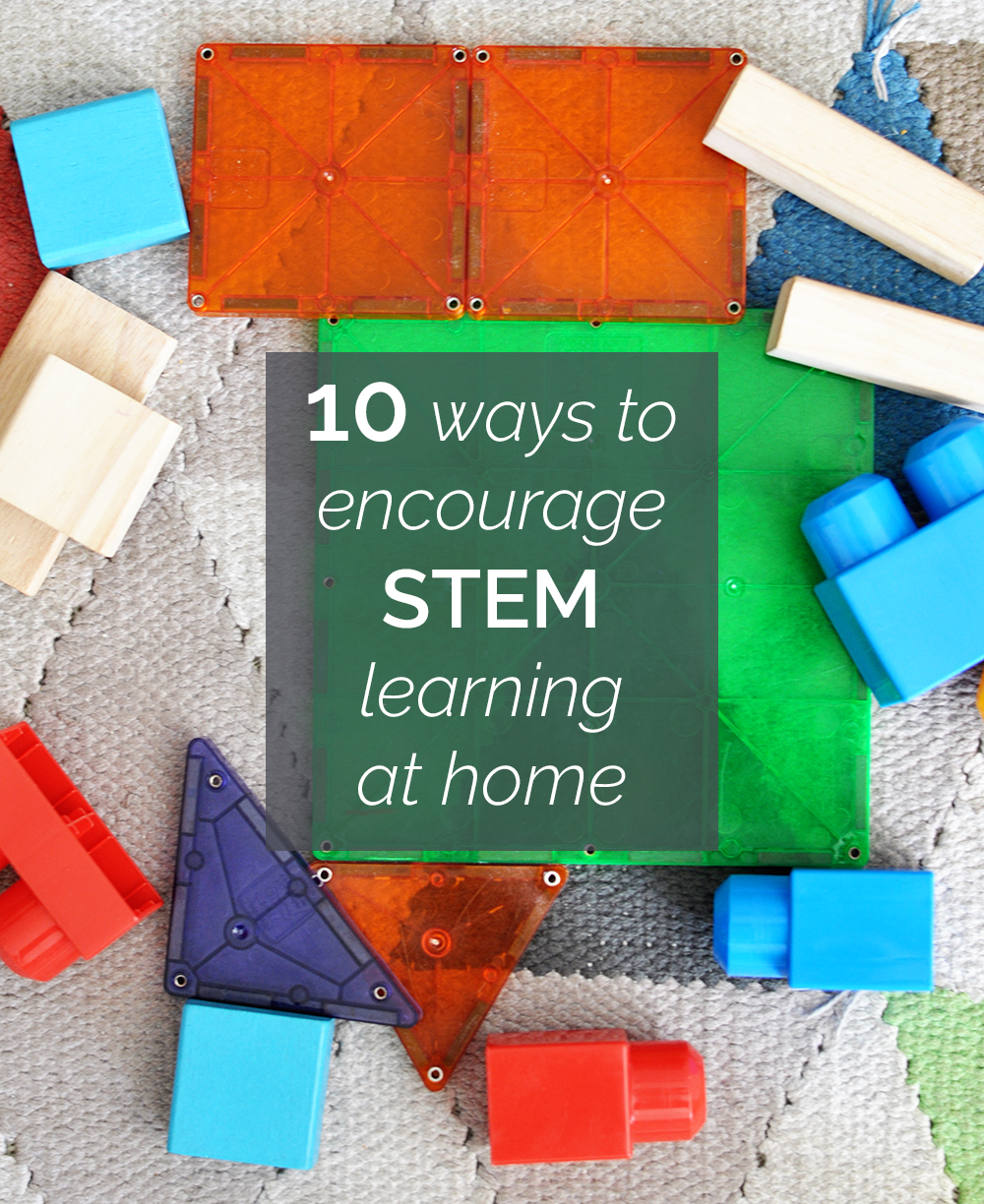
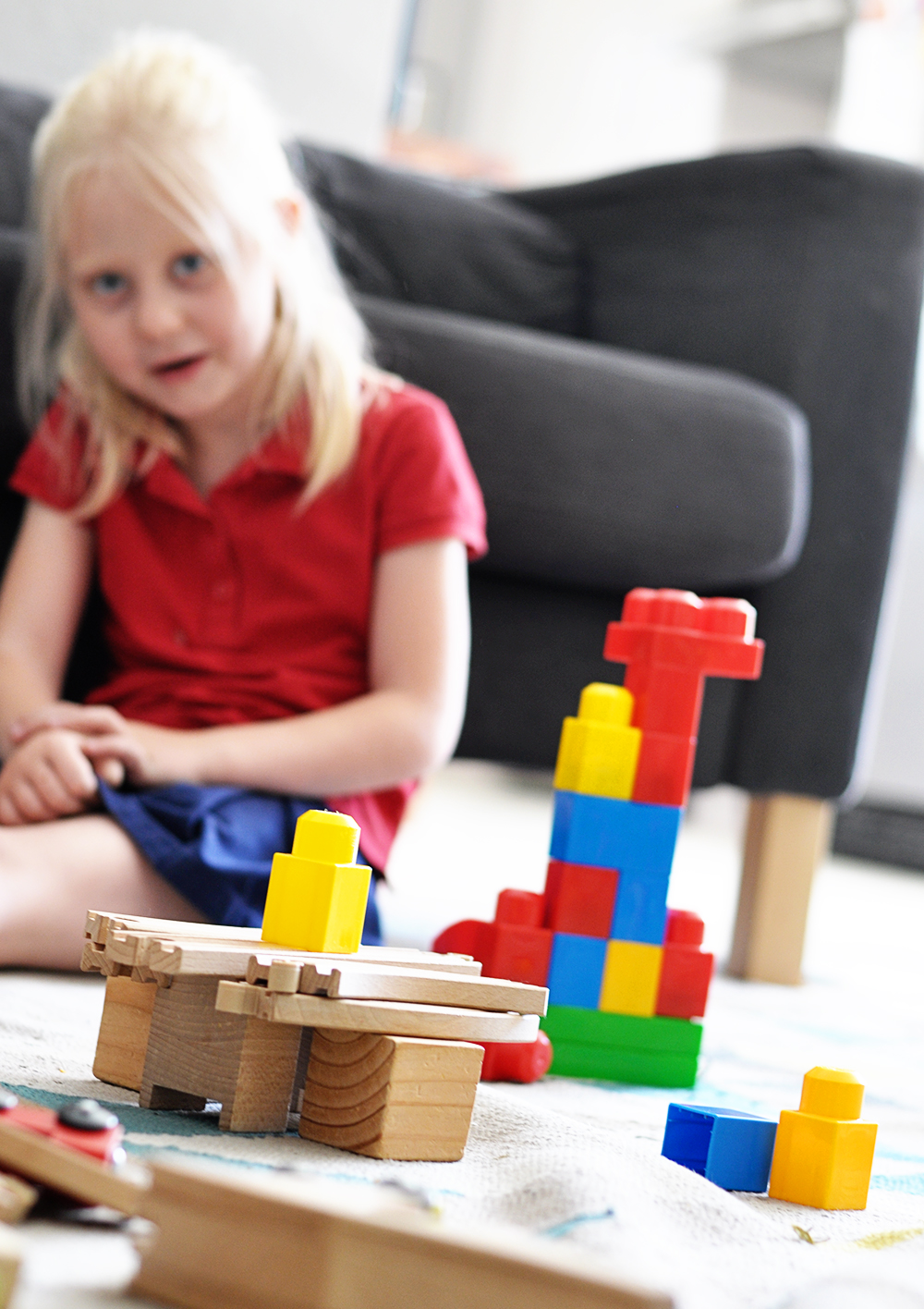

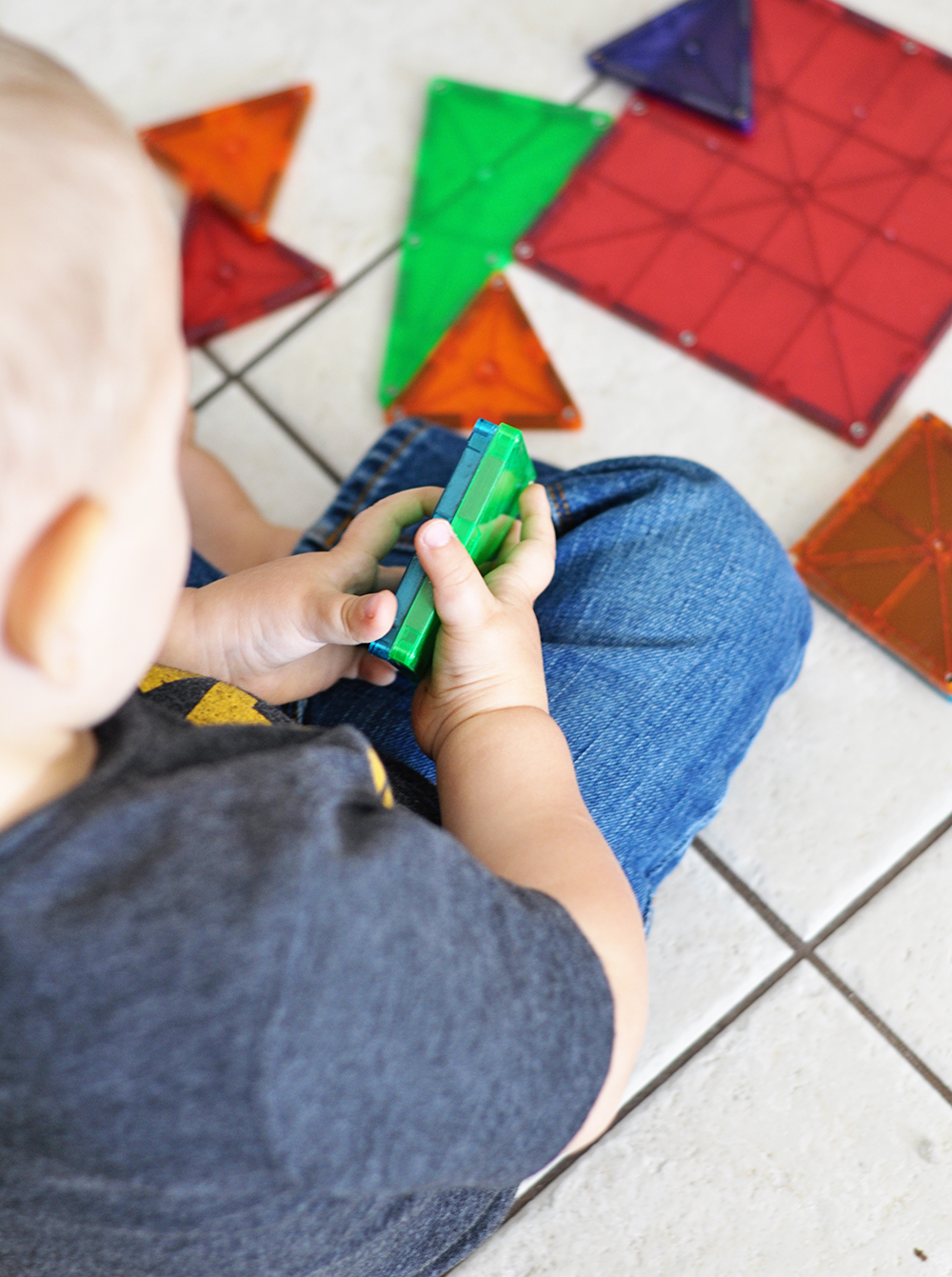
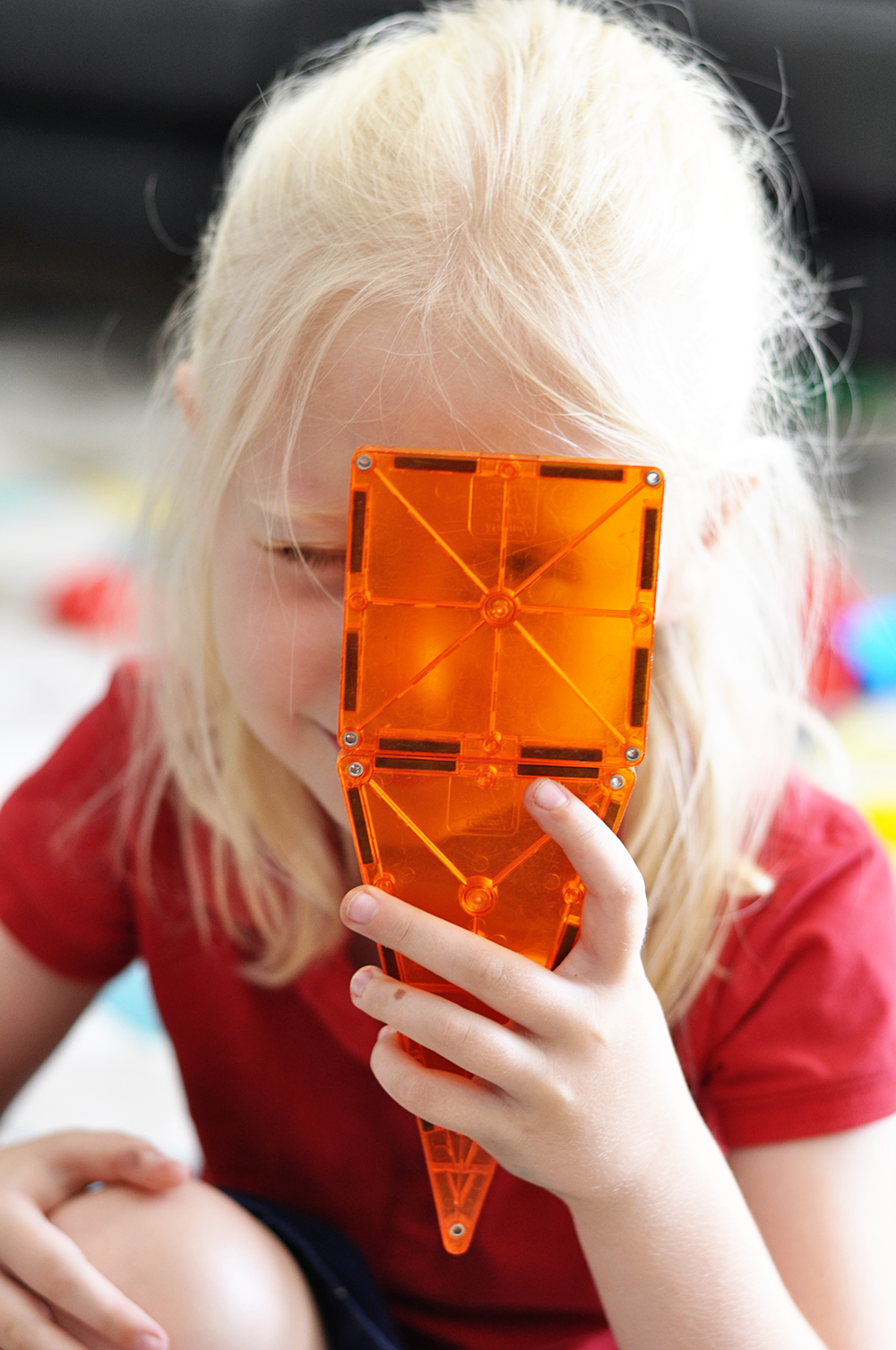
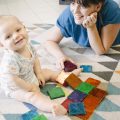
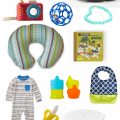

We love Magnatiles at our house! And I was cracking up about the whale story.
These are great tips! And my almost 6-year-old would love this 😊
My favorite STEM toy was LEGOs. David and I would play for hours and hours together creating so many things!! Good times!! The other fun toy we loved was the marble run. I think it was made by Tupperware? Anyways, it was a blast. It will be awesome when Mila, Margot, and Ryan are all old enough to play with Legos together 😉
My family loves camping and I have recently found an article centered around using the woods and building to ignite a STEM-sided brain. I’ll try to find again and share!
Oh please do! I love getting new ideas, and we may be going camping this summer!
Oh man! I love this. I married an inventor/industrial designer, so my kids are always making creations and asking how things work. I love love love it, though I do throw things in the trash after bedtime on the regular. And I’m a scientist at heart, so I adore getting my kids interested in anything of the sort. Generally I don’t “do” much, but we have lots of science books (mostly nature related at the moment) and look up answers to everything. We encourage questions (though not while during the witching hour because, serious, I can only take so much). And I usually make cooking and baking together like a giant science experiment. I mean, it includes the concept of fractions, chemical reactions, multiple trials to see if we get a standard result…
My favorite STEM-related activity as a kid — and as a mom, this completely horrifies me! — was breaking open rocks with a hammer to see what they looked like inside. No protective goggles, no parental supervision — a neighbor boy and I would just sneak our dad’s hammers outside and happily whack away!
That is awesome…and I would probably lose it if I found one of my kids doing that!
Yay Science!
xox
i liked duplos and waffle blocks.
Legos were definitely my favorite. I also loved mixing stuff in the kitchen to see the different results. Like making oobleck and “erupting” volcanoes.
When I was a kid, LEGO was my favorite everything! They sure have come a long way in the last few decades since and now, my kids’ favorite toy is also LEGO 😀
I’m not sure — I remember having a Solar System type thing that I think would be considered STEM. I really loved it! And of course Legos.
I always enjoyed gathering things out in nature and bringing them in the house and either building something out of it all or creating mountain monsters :).
My favorite STEM toy was LEGOs.I would build for hours.Building so manythings.
I take my daughter to the muse stem museum
LEGOS were my favorite!
Well they didn’t call it Stem, but I did enjoy playing with legos a lot.
These are great tips
Definitely legos and building blocks. It was one of my favorite parts of my younger years in elementary school!
I liked Legos
I loved lite Brite when I was a kid!
I love block puzzles
I loved making stuff in the kitchen and mixing differnet paints to see differnt colors.
Lincoln Logs here
Not sure but I loved being creative !
I can’t wait to show my sister, who has 2 young kids, this post and tell her about snapology!
I loved working with Popsicle sticks for crafts and experiments when I was a kid. Sure, they were really messy afterwards, but I can recall having Popsicle stick bridge contests with my brother and trying to see who could make the lightest, but strongest bridge. Now I do the same thing with the kids I babysit. They get so into it and really try to figure out the best methods of structural building!
We’re still using the mego legos for now 🙂
LEGOs are extremely simple and very fun! They are a great way to stimulate STEM learning in children, and you get to see how creative they are.
These are some awesome tips! I can’t wait to use them with my nieces and nephews!
Hello Jen, you have shared such a great tips. These are some of the things you’ve chosen to do to encourage stem learning at home with our children. I love your blog. Thanks for sharing such an interesting blog.
I remember growing up, the most techie toy I had was building blocks. Now as parents, we have more options of electronic gadgets, and computers. We need to get our kids interested in STEM topics, especially our girls.